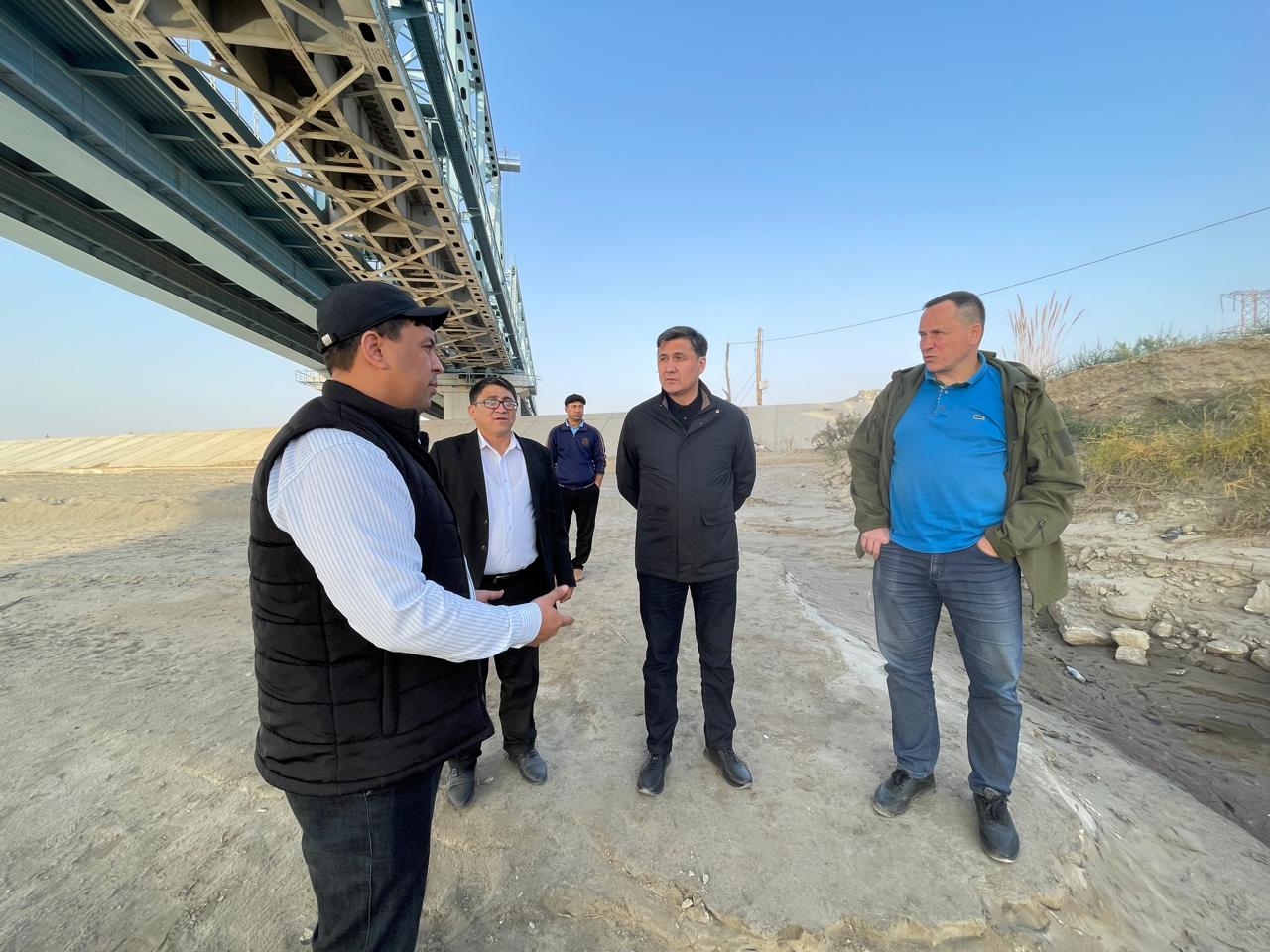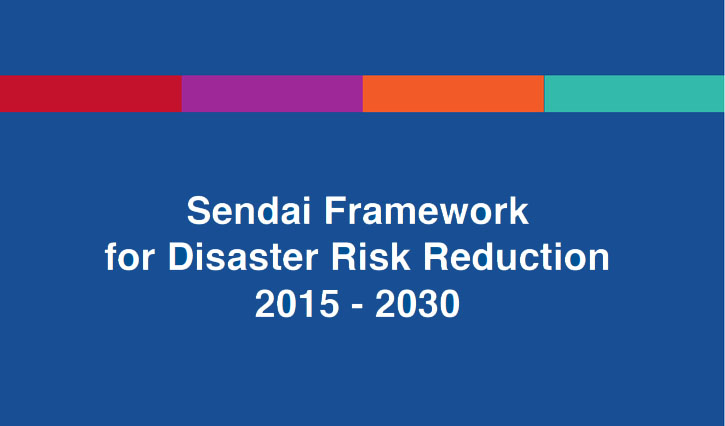Center experts complete field research on the Amu Darya River: a step towards creating a transboundary early warning system
From November 17 to 21, 2025, a team of experts from the Center for Emergency Situations and Disaster Risk Reduction conducted the fourth stage of field research on the Amu Darya River in Turkmenistan, near the city of Kerki. The purpose of the research was to support the development of a transboundary hydrological monitoring system and prepare recommendations for establishing early warning mechanisms for potential threats.
The expedition was carried out as part of the Center’s project “Strengthening the capacity for safe management of transboundary water resources in Central Asia using innovative ICT”, with financial support from the GIZ program “Climate Risk Management in Central Asia”, commissioned by the Government of Germany and co-financed by the Government of the United Kingdom.
The expedition team included:
• V. Kuchkin, expert on early warning systems;
• A. Akparov, Head of the Center’s Emergency Response Department;
• A. Ospanov, System Administrator at the Center;
• D. Babylov, National Consultant in Turkmenistan.
The Amu Darya River basin is characterized by a high risk of flooding and mudflows, particularly in the upstream mountainous areas. Such phenomena have significant destructive potential and may affect settlements across several countries in the region simultaneously.
Key factors requiring attention included:
• periods of intense snowmelt and heavy rainfall;
• mudflow-prone hollows and riverbeds where high-velocity flows may form;
• the need to modernize certain monitoring components;
• the need for faster data exchange;
• the absence of siren-voice warning systems for people living in flood-prone areas.
Experts inspected the existing hydrological station in the Kerki area. Considering the current condition and prospects for further development of the monitoring system, it was proposed to consider the phased modernization of the station as well as the installation of an automated station capable of transmitting data in near real time.
Such a station could become an important element of a future transboundary early warning system, contributing to information exchange between countries in the region and strengthening joint efforts to respond to hydrological threats.
It was also noted that a number of settlements in the lower reaches of the river are still unequipped with siren-voice warning systems. Their installation — alongside the development of mobile services and information platforms — could significantly enhance public preparedness and response capacities in emergency situations.
The research on the Amu Darya River represents an important step toward establishing a scientific and technical basis for regional cooperation in water resource management and disaster prevention. The data obtained will be used to prepare technical solutions, identify potential pilot sites and develop proposals for partner countries in Central Asia.
The Center will continue to work on strengthening dialogue between national agencies and international organizations to develop practical mechanisms for responding to transboundary natural hazards and improving the safety of the region’s population.























